A LUMBAR DRAIN is a small, flexible tube placed in the arachnoid space to drain cerebrospinal fluid (CSF). Indications for lumbar drains include:
- to drain CSF leakage secondary to a traumatic or postoperative dural fistula
- to treat a shunt infection
- to reduce intracranial pressure (ICP) during a craniotomy
- to evaluate idiopathic normal-pressure hydrocephalus.
- This article explains what you need to know to provide safe, effective care for a patient with a lumbar drain.
Drain placement
Before the procedure begins, obtain informed consent according to your employer’s policies and procedures. Perform a baseline neurologic assessment and review the patient’s laboratory test results—particularly coagulation results, as bleeding is a potential complication. If ordered, administer antibiotics and sedatives. To ensure proper catheter placement, the patient must be placed in a rounded-back position to widen the intervertebral space. Help the patient into a side-lying position, with knees to chest and chin tucked to chest. (If needed, assist with holding the patient in this position during the procedure.) Alternatively, the patient may sit up and lean over a bedside table.
The physician determines the appropriate level of drain placement in the lumbar subarachnoid space (L2-L3, L3-L4, or L4-L5). Before placement, a local anesthetic is injected into the marked area and a spinal needle is inserted into the subarachnoid space. The physician advances the lumbar-drainage catheter through this needle until it reaches the T12-L1 space. Once the needle is in place, the physician withdraws it, attaches the catheter to the sterile closed collection system, and sutures the catheter to the skin in one or two places. An occlusive sterile dressing is placed over the site.
The Bedside Mobility Assessment Tool 2.0
Caring for patients with spinal cord injuries
Spotting trouble after spinal surgery
Management
One of three protocols can be used to manage a lumbar drain—draining at a specific level, draining to a specific volume, or draining at a specific pressure. (See Lumbar drain management protocols.)
Nursing care
On a regular basis, document drainage volume, color, and clarity. Assess the drain insertion site for signs of infection and check patency of the drainage system. Monitor the patient for systemic signs and symptoms of infection, such as an elevated temperature. Perform a neurologic assessment per hospital protocol, noting changes from baseline and level of consciousness. Be sure to maintain the drain at the proper level, keeping the patient’s head, neck, and back in a neutral position.
Keep the drain insertion site clean and dry; cover it with an occlusive dressing. A transparent dressing allows better assessment of the insertion site. Observe for kinks in the tubing; if you note kinks or other problems with the drainage system, take appropriate steps. (See Troubleshooting a lumbar drainage system.)
As needed and ordered, obtain CSF specimens from a stopcock using aseptic technique; be sure to wear sterile gloves and a mask. Maintain aseptic technique when changing the drainage bag.
Complications
A lumbar drain can lead to various complications, including intracranial venous thrombosis and infection. (For critical complications, see Life-threatening complications.)
Intracranial venous thrombosis secondary to dural injury
Venous dilation can cause venous stasis, which may result in a thrombus.
Suspect this complication if the patient complains of headache lasting more than a week, accompanied by confusion, disorientation, nausea, and vomiting. Treatment may include anticoagulation or an inferior vena cava filter.
Infection
A 2016 study found that the high incidence of infection associated with lumbar drainage systems may stem from lack of strict hospital protocols for placement and maintenance of these systems, as well as lack of strict tracking of drainagesystem infections. Infection risk may increase with obstruction of the system, leakage, and longer duration of the lumbar drain. Infections of lumbar drainage catheters can lead to bacterial meningitis. Infection risk rises 5 days after drain placement if the system has been opened or irrigated.
A positive CSF culture identifies bacterial infection. Be sure to document signs and symptoms of meningeal irritation or infection, including fever, swelling or redness at the drainage site, and increased drainage. Promptly report decreased level of consciousness headache, nausea or vomiting, stiff neck, or photophobia. Infection may warrant antibiotics or drain removal.
Nerve root irritation
Drain positioning may lead to nerve root irritation, resulting in numbness, tingling, radicular pain, and changes in deep tendon reflexes. Nursing interventions include making slight changes in patient positioning and providing pain medication. If pain persists, the drain may have to be removed.
Catheter tip remaining in the patient after catheter removal
Failure to remove the catheter tip can result in infection. The physician may be able to retrieve the tip, depending on where it has become lodged.
Providing patient and family education
To maintain safety of the lumbar drainage system, patients and family members require education. Teach them about the purpose of the lumbar drain and the expected outcome. Advise patients not to cough, sneeze, or strain because these actions increase ICP. Instruct them to ask for help if they want to change position, to ensure adequate assistance with this activity. Emphasize that bed controls need to be locked.
Tell patients they may feel discomfort at the drain insertion site or a mild headache just after drain insertion; reassure them pain medication can be ordered for relief. Inform them which signs and symptoms to report. Stress the need to notify you immediately if they experience worsening headache, leg numbness, and disorientation. With astute assessment, thorough documentation, and patient education, you can detect important changes in the patient’s condition and take quick actions to prevent a poor outcome.
Shari J. Lynn is an instructor at the Johns Hopkins University School of Nursing in Baltimore, Maryland.
Selected references
American Association of Neuroscience Nurses. Care of the patient undergoing intracranial pressure monitoring/external ventricular drainage or lumbar drainage. Glenview, IL: American Association of Neuroscience Nurses; 2011.
Hepburn-Smith M, Dynkevich I, Spektor M, et al. Establishment of an external ventricular drain best practice guideline: the quest for a comprehensive, universal standard for external ventricular drain care. J Neurosci Nurs. 2016;48(1):54-65.
Johns Hopkins Medicine. Neurology and Neurosurgery: Extended CSF drainage trial via lumbar drain.
Turner, LW. Care of the patient with an EVD or lumbar drain.

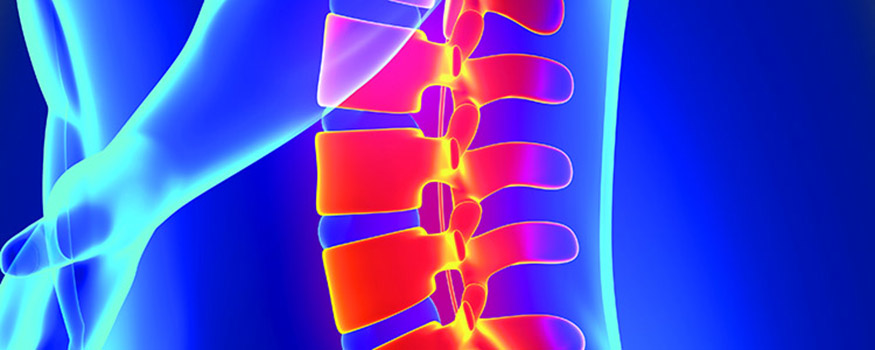





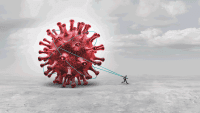

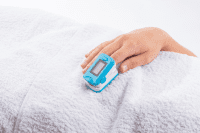
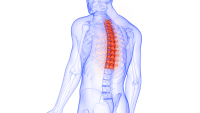
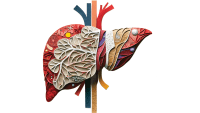





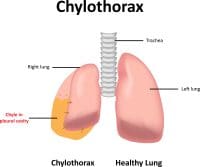

1 Comment.
1. Is Bacterial meningitis a contraindication for lumbar puncture?
2. Can Tachycardia and hypotension be the indications of Brain herniation followed by a lumbar tap?